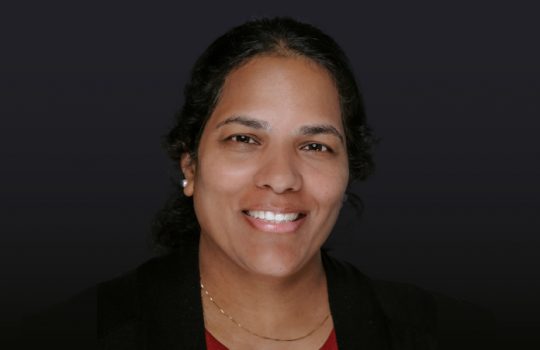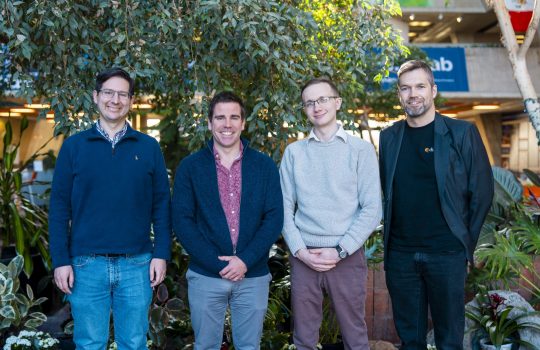UChicago gets federal grant to expand U.S. semiconductor, chip production
Chicago Sun-Times, August 19, 2025
The University of Chicago is set to receive a $3 million grant to expand domestic semiconductor and chip manufacturing with scientists from the UChicago and Fermilab.


